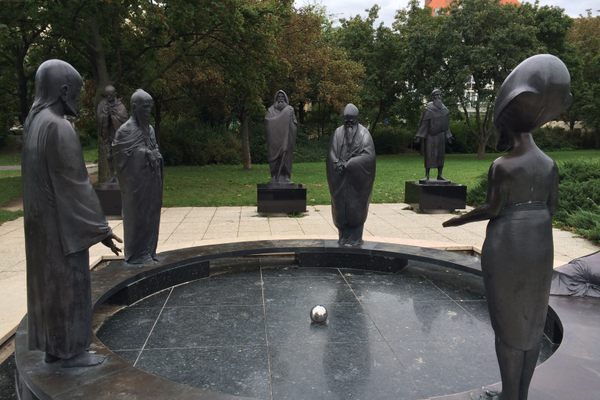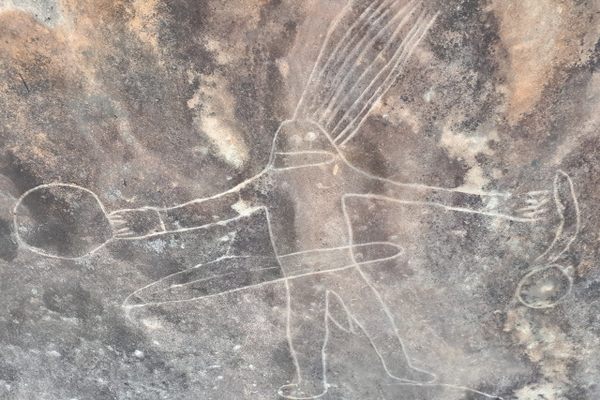About
The Centre of Shaman Eternal Heavenly Sophistication is a rather grandiose name for a place that is, to say the least, underwhelming at first sight. The center is a small dirt yard wedged between modern buildings and a busy road. Like many others in the neighborhood, this dirt yard has a ger (traditional tent) and a semi-permanent ger-like structure. But don’t be fooled by its initial appearance.
This place may lack in charm or distinctiveness, but it’s supposed to be as authentic as it gets. A shaman renowned for her power to mediate between this and the other world lives on the premise, and more than one shaman may be on the premise at any given time.
The semi-permanent ger-like structure is the heart of the center. There’s no sign and no indication it’s anything other than someone’s private dwelling, so it can be quite unnerving to push the door open. All along the circular perimeter of the structure there are tables and cabinets neatly displaying statuettes, figurines, seashells, beads, pebbles, incense burners, scrolls, drums, antlers, bones, and other (seemingly) random items. The circular display is interrupted by a large wooden chair sitting on a bear skin and by a collection of furry and feathered costumes, a heavy leather outfit, and traditional hats.
Outside, there’s an altar that consists of some poles arranged in the style of a tepee and covered by animal hide, but the strong winds from the steppes have blown away part of the covering. A table for offerings and three tridents adorned with yak hair complete the altar. Other features in the yard include two white statues, an ovoo with the skull of a bull, and the ger where the shaman lives.
No one knows for certain how long shamanism has been part of Mongolian culture, but it's been present since at least the earliest recorded history. Instead of being pushed aside by the arrival of Buddhism, it mingled with it, giving birth to the Mongolian Buddhist tradition. The socialist regime repressed all forms of religious expressions, but shamanism never died. With the collapse of the socialist regime in the last century, it came back. Now, it’s pretty common to come across people offering shamanic services.
Related Tags
Know Before You Go
Pictures aren't allowed within the actual center, but you can photograph the outer yard.
Mongolia's Summer Danshig Festival
Desert skies, festivals, and wild horses in Mongolia.
Book NowCommunity Contributors
Added By
Published
May 29, 2018




























